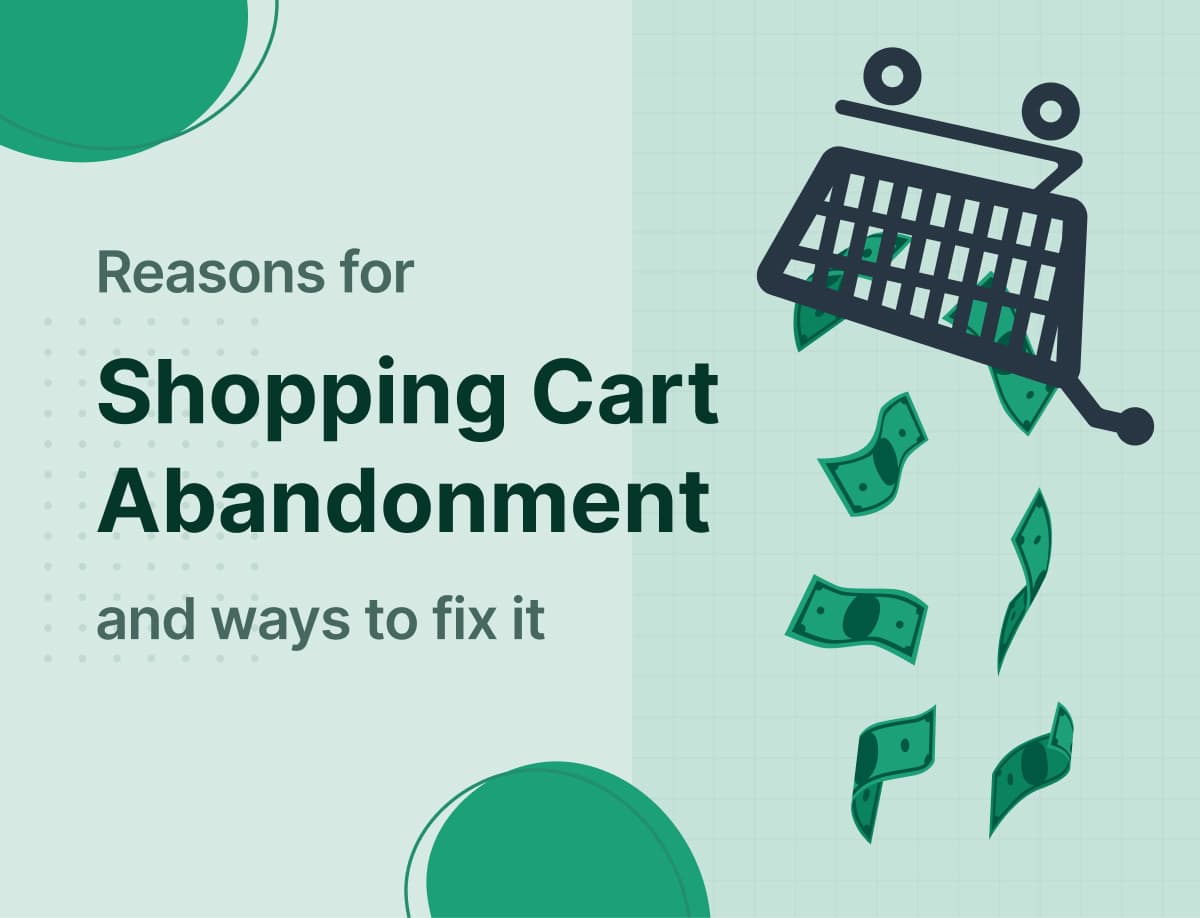Storytelling is by far one of the most powerful instruments in the arsenal of a UX specialist. By telling stories, brands and individuals alike can better connect with their respective audiences and build strong and lasting relationships in the long run.
Moreover, storytelling can be quite useful for improving the experience regular site visitors receive. With the help of a story, you can take them on a more immersive and engaging journey when they are browsing your website. Without further ado, here’s how to use storytelling in UX.
#1 Know Your Target Audience
First and foremost, you need to know your target audience. You should clearly understand who your site visitors are and what kind of experiences they usually go through when interacting with your brand through your website. Of course, your target audience is not a monolith, so you will have to divide it into segments and create personas for each group of people. Then, you will need to develop the journeys of each segment separately.
Some users will get on your website through a link from another website. Others will find you through search results. And yet others will first interact with your website through an ad or in another way. You need to identify these points of entry and then develop the journeys each segment of users goes through once they get on your website and start browsing.
Another aspect you should think about are the challenges that users may encounter on their way. For example, if it is difficult to find information on your website, the user can give up and leave to find another website with the information they are looking for. The obvious solution to this is to improve navigation (by building your internal linking system, making the menu more user-friendly, etc.)
#2 Consider Getting Professional Help
Not everyone has the right experience necessary to design an effective UX strategy that also includes elements of storytelling in it. If this is the case for you, you may want to seek professional help or advice.
You can hire an expert writer from the custom writing reviews site Rated by Students who will assist you in researching your audience and then planning your UX strategy. Besides, a writer who is well-versed both in UX and storytelling will be able to seamlessly merge the two while taking into account your specific brand and the setup of your website.
#3 Choose Your Setting and Context
Once you believe that you understand your audience quite well, you can start planning your UX strategy with elements of storytelling. Because you will be using a story, the first thing you will have to choose is the setting for it as well as the context in which the “story” will be happening.
Keep in mind that storytelling here is not understood in the literal sense of the word. You aren’t supposed to tell a fictitious story to the user but rather make the user the main character of their journey (i.e. in their experience using your website). Then again, you can still make your UX similar to an actual story (e.g. a fairy tale where the user enters a magical forest and explores it could be a page on your website that serves as a directory, library, or archive).
If your website allows users to register and serves both as an information website and as a forum, then you have even more options for integrating storytelling into your UX. More specifically, you can gamify the experience of using your website while still keeping the functionality of your website intact (e.g. knowledge base, discussion forum, blog).
#4 Utilize the Hero’s Journey
The hero’s journey is a concept that goes hand in hand with storytelling. By far the most well-known description of the hero’s journey was introduced in 1949 by Joseph Campbell in his book “The Hero with a Thousand Faces”. Essentially, it describes the common story beats that the main character goes through in fairy tales. The hero’s journey is widely used in literature and cinema.
If you have no idea how to use the hero’s journey, you can always hire a professional writer from the writing service reviewing site Top Writing Reviews who has relevant knowledge and experience. But if you want to try to use it on your own, you can try the simplified structure of the hero’s journey:
- Departure – The hero gets the call to adventure, refuses to follow it, but eventually sets on their journey.
- Initiation – The hero experiences trials and tribulations before defeating the final enemy.
- Return – The hero doesn’t want to go back after their victory, but ultimately returns to the “normal” world enlightened.
#5 Revise and Edit Thoroughly
It goes without saying that you need to proofread everything and anything you create, yet many UX professionals seem to overlook this final stage before publishing their work. No matter which element of UX you were working on, you need to make sure that you are publishing a polished work.
For example, if you were writing the “Our History” page, you need to check that there are no linguistic or factual mistakes and that all the relevant links are included. You might also need to make your text shorter or add visual content depending on the issues your page currently has.
#6 Write a Sequel After Some Time
While it’s a good idea to integrate storytelling into the entirety of your UX, it can also be useful to apply it in separate instances. In other words, you can tell smaller stories depending on the situation or the place where you want to tell them.
And if you want to tell such smaller stories consistently, you can find an experienced writer who will be able to write them for you continuously and even create sequels for past stories. When writing sequels, you are taking off at the point where you left before and pulling the user into a new story that is the continuation of the previous one. It’s a great way to reengage specific users when the need arises for it.
#7 Be Universal, Inclusive, and Equitable
Last but not least, you should always strive to have universality, inclusivity, and equity all included in your UX strategy. By creating a website that is designed with universal, inclusive, and equitable values in mind, you will be more loved by your audience. Likewise, you will have a wider reach and will be able to connect with more users on a personal level.
When you are utilizing storytelling in your UX design, you will already be able to create an experience that no individual will forget. But when you are making sure that everyone and anyone can use your website with no issues, you are actively demonstrating that you care about the needs of every single member of your audience.
Such universality, inclusivity, and equity can be demonstrated in different ways. For example, by including descriptions for the images you use, you can ensure that users with impaired sight know what kind of visuals are present on a specific web page. This is just one thing you can do to improve your UX, but there are so many different techniques you can use for increasing the universality, inclusivity, and equity in your UX.
Wrapping Up
To sum up, storytelling can be easily integrated into your UX, but it requires a fair amount of planning and accurate execution. Use the tips in this article to help you design your UX with the help of storytelling and deliver a more engaging and immersive experience to your site visitors.
- How to Empathize with Your Users - May 30, 2023
- How UX Writing Can Help Create Good Design - March 28, 2023
- How to Use Storytelling in UX - January 8, 2023
![]() Give feedback about this article
Give feedback about this article
Were sorry to hear about that, give us a chance to improve.








